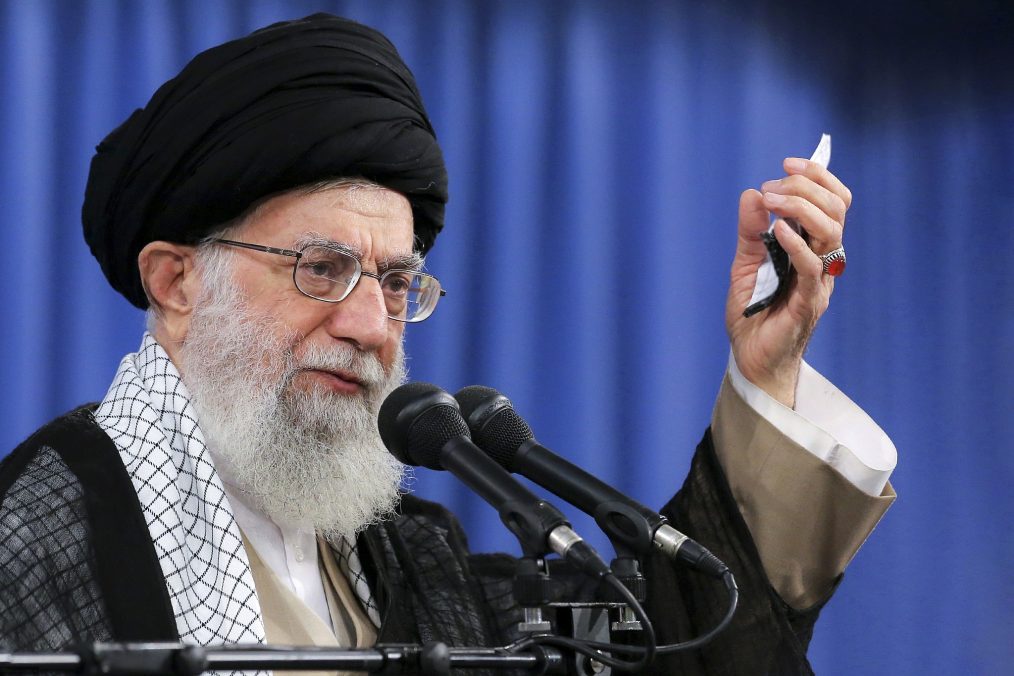The United States will not impose additional restrictions on Ukraine’s use of American weapons should North Korean troops join combat operations on behalf of Russia, the Pentagon confirmed on Oct. 28. This announcement follows NATO’s confirmation of North Korean troop deployment to Russia’s Kursk Oblast, a border region facing intensified Ukrainian counteroffensive efforts.
Pentagon spokesperson Sabrina Singh voiced concerns over this development, stating, “A portion of those soldiers have already moved closer to Ukraine, and we are increasingly concerned that Russia intends to use these soldiers in combat or to support combat operations against Ukrainian forces in Russia’s Kursk Oblast near the border with Ukraine,” Reuters reported.
According to Pentagon data released on Oct. 26, an estimated 10,000 North Korean troops have been stationed in eastern Russia for training, a significant increase from 3,000 troops reported just days earlier on Oct. 23. While initial reports of North Korean military involvement were dismissed by both Moscow and Pyongyang, recent evidence has spurred evasive responses rather than outright denials from both countries.
The first reports of North Korean troops’ movements toward Kursk Oblast surfaced on Oct. 24, when Ukraine’s military intelligence agency (HUR) disclosed that some units had already been deployed to the region. President Volodymyr Zelensky confirmed on Oct. 27 that the troops were expected to reach combat zones soon, with an estimated 12,000 North Korean soldiers, including 500 officers and three generals, poised for deployment.
Currently, Washington’s policy restricts Kyiv from using American-made long-range weaponry to strike deep into Russian territory. However, in light of these recent developments, the United States has signalled a potential shift in its military aid approach, indicating that if North Korean forces engage in combat, these restrictions may no longer apply.
Additionally, the Biden administration announced a new $700-800 million aid package on Oct. 21 to support Ukraine’s development of its own long-range strike capabilities, with President Zelensky confirming plans for expanded production of these systems domestically.
President Biden described the presence of North Korean forces in the conflict zone as “a very dangerous” escalation. The latest support measures reflect a commitment to Ukraine’s defence capacity amid a growing coalition of adversarial forces and underscore the United States’ response to Russia’s broadening alliances with nations like North Korea.










